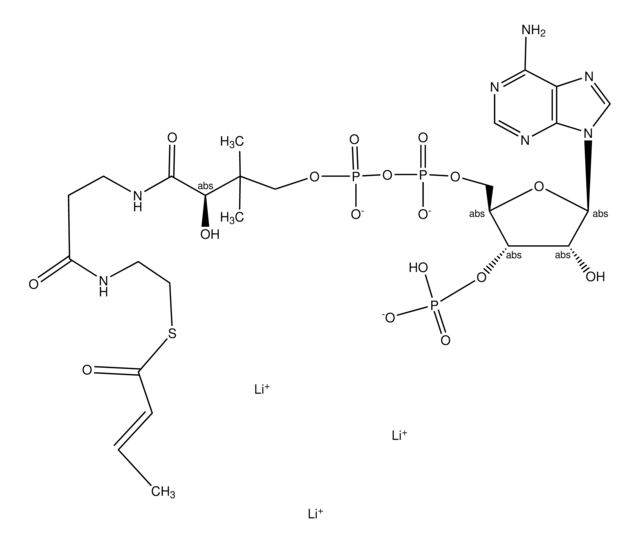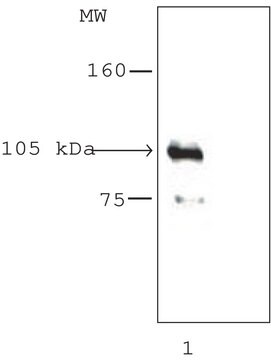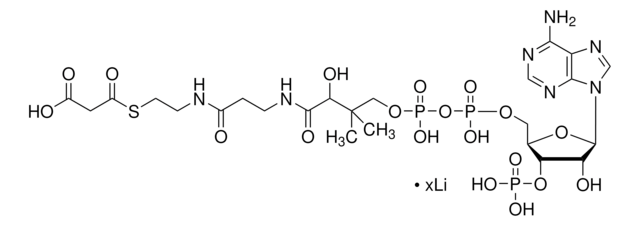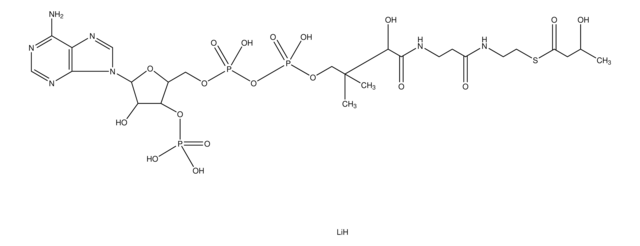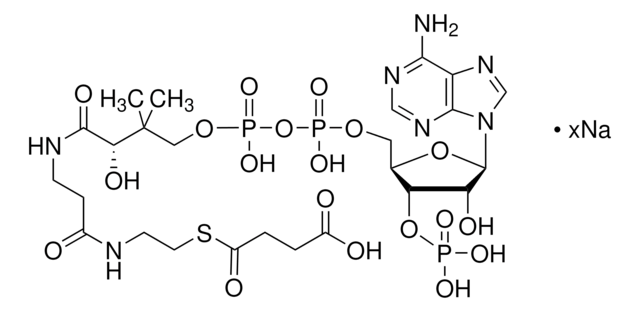H4538
Anti-Histone Deacetylase 5 (HDAC5) antibody, Mouse monoclonal
clone HDAC5-35, purified from hybridoma cell culture
Synonym(s):
Anti-HD5
About This Item
Recommended Products
biological source
mouse
conjugate
unconjugated
antibody form
purified from hybridoma cell culture
antibody product type
primary antibodies
clone
HDAC5-35, monoclonal
form
buffered aqueous solution
mol wt
antigen ~124 kDa
species reactivity
rat, mouse, human
concentration
~2 mg/mL
technique(s)
immunocytochemistry: suitable
immunoprecipitation (IP): suitable
indirect ELISA: suitable
microarray: suitable
western blot: 4-8 μg/mL using total cell extracts of NIH3T3 fibroblast cell or SW480 cell extract
isotype
IgG1
UniProt accession no.
shipped in
dry ice
storage temp.
−20°C
target post-translational modification
unmodified
Gene Information
human ... HDAC5(10014)
mouse ... Hdac5(15184)
rat ... Hdac5(84580)
General description
Application
- western blotting
- immunostaining
- enzyme-linked immunosorbent assay (ELISA)
- immunocytochemistry
- immunoprecipitation
Biochem/physiol Actions
Physical form
Disclaimer
Not finding the right product?
Try our Product Selector Tool.
related product
Storage Class Code
12 - Non Combustible Liquids
WGK
nwg
Choose from one of the most recent versions:
Certificates of Analysis (COA)
Don't see the Right Version?
If you require a particular version, you can look up a specific certificate by the Lot or Batch number.
Already Own This Product?
Find documentation for the products that you have recently purchased in the Document Library.
Articles
Huntington's disease (HD) is an autosomal dominant, late-onset neurodegenerative disorder characterized by a selective neuronal cell death in the cortex and striatum leading to cognitive dysfunction, motor impairment and behavioral changes.
Our team of scientists has experience in all areas of research including Life Science, Material Science, Chemical Synthesis, Chromatography, Analytical and many others.
Contact Technical Service

